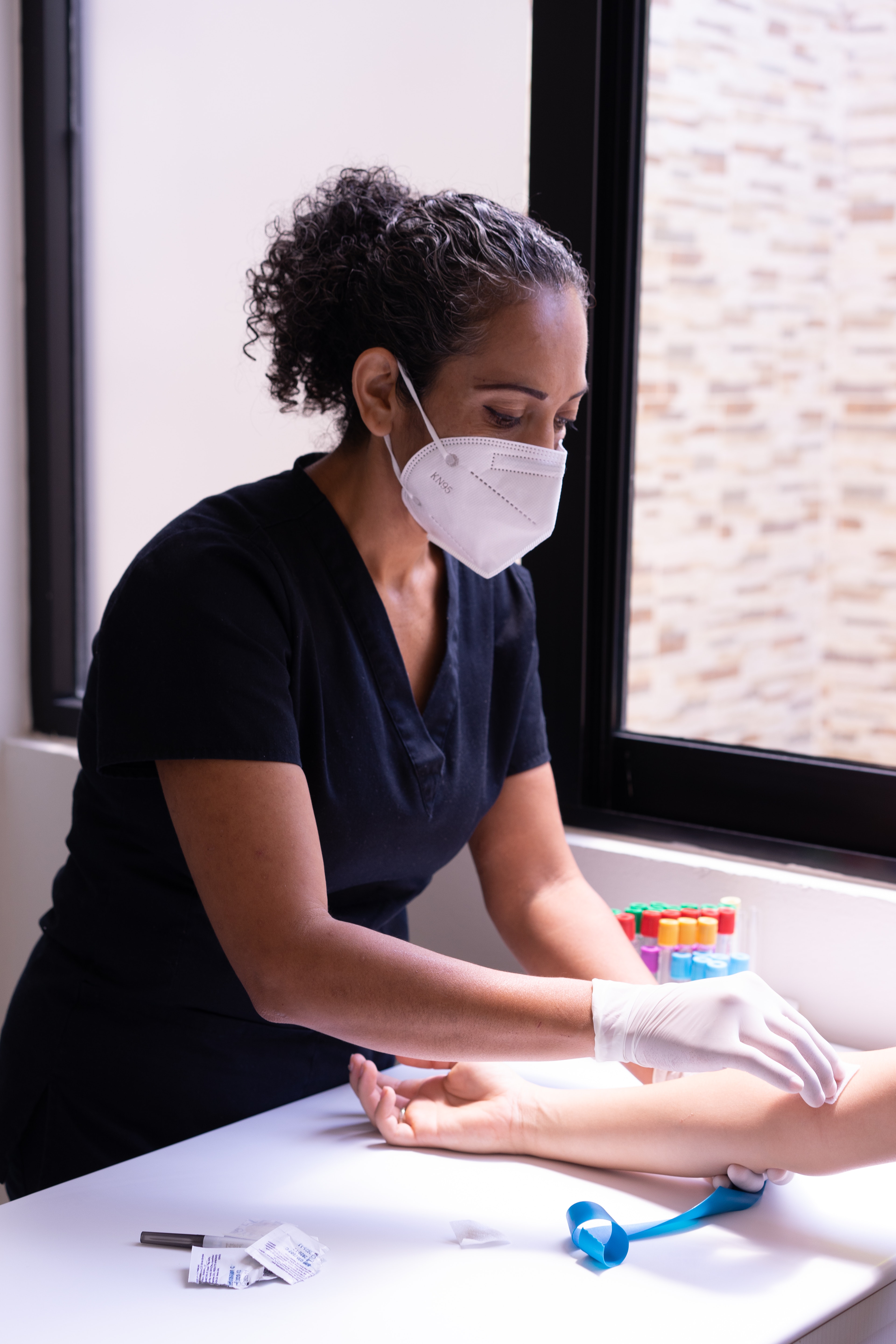Increasing age is a major contributing factor to fertility decline in women. This is because the number and quality of oocytes (eggs) in the ovaries naturally and progressively decline with age. Recently there has been much focus on determining the ovarian reserve (number of eggs remaining in the ovaries) in women experiencing fertility problems. This is commonly investigated via measurement of Anti-Mullerian Hormone (AMH).
AMH is a hormone that is produced by developing follicles (immature eggs) in the ovaries. The amount of AMH in the body is thought to reflect the number of immature eggs in the ovaries (also known as the ovarian reserve). Of concern is that many women today are being diagnosed with low ovarian reserve based on AMH levels alone, and without consideration of the factors which may affect AMH levels in the body. More and more women of progressively younger age are being diagnosed as ‘running out of eggs’ based on AMH readings.
AMH levels in the body can vary by as much as 25% throughout the menstrual cycle. This is because AMH production is influenced by other hormones produced at different times throughout the cycle. Thus, it is important to ensure any AMH testing is done on day 2-3 of the menstrual cycle (with day one being the first day of the menstrual bleed). It is also important that AMH levels are tested by an experienced laboratory, as results may vary with temperature fluctuations and testing protocols.
Other factors which may influence AMH levels in the body include:
- Smoking
- Oral Contraceptive Pill use
- Vitamin D deficiency
- Weight
- Endometriosis
- Thyroid conditions
- Autoimmune disease
- MTHFR polymorphism
AMH levels can be affected by any of these factors which have occurred or remained untreated in the previous 90 days. As such, an AMH test result needs to be evaluated in regards to the overall health of the woman and what has occurred in the 90 days prior to testing.
Thus, AMH levels alone are not always an accurate indicator of ovarian reserve. AMH test results should always be viewed in light of other hormone levels in the body and a general health review, in order to gain a more accurate picture of what is occurring in the female reproductive system.
AMH testing is not definitive. Low AMH levels can be increased in many cases, with thorough investigation and Naturopathic treatment of any of these underlying factors or health conditions. Naturopathic treatment is useful in improving overall health and increasing fertility in all reproductive-aged women. Care programs are tailored to each individual to maximise results.
References:
(2012) Integria Fertility Masterclass
(2008) ‘Age Related Fertility Decline: A Committee Opinion.’ Fertility and Sterility. Vol 90: Suppl 3
Dennis N, et al. (2012) ‘The Level of Serum Anti-Mullerian Hormone Correlates with Vitamin D Status in Men and Women But Not in Boys.’ The Journal of Clinical Endocrinology and Metabolism. Vol 97 (7): 2450-2455.
Schuh-Huerta S. (2012) ‘Genetic variants and environmental factors associated with hormonal markers of ovarian reserve in Caucasian and African American women.’ Human Reproduction. Vol 27 (2): 594-608
Rustamov, O. et al. (2012) ‘Anti-Mullerian hormone: poor assay reproducibility in a large cohort of subjects suggests sample instability.’ Human Reproduction. Vol 27 (10): 3085-3091



